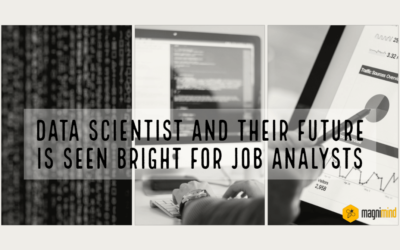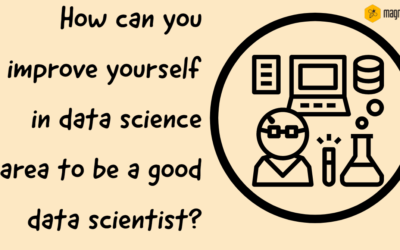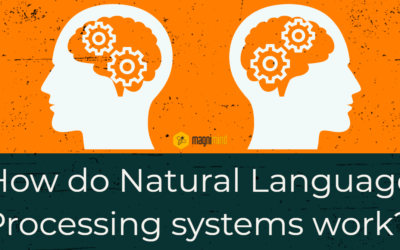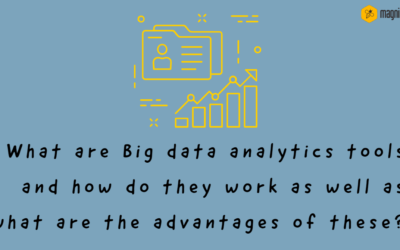Recent Articles
Data Scientist Is Better Than Financial Analyst, Data Analyst And Research Analyst
Sep 16, 2021 | Data Science Blog
If you have an analytical bend of mind, you may consider a career in the field of data science. Though there are many options to take your pick from, most aspirants have their eyes fixated on the coveted job of data scientists. But who exactly are data scientists? You may call them a new class of analytical data expert, who possess the technical skills necessary to solve complex problems. At the same time, these people also have the inquisitiveness to search for problems that need to be solved. Thus, when defining a data scientist, you can say it’s someone who blends some expertise of a computer scientist, a mathematician, and a trend-spotter. What’s the beauty of the field of data science is that it has numerous applications in various domains. Thus, you will find that there’s a high demand for data scientists in both the business domain and the field of IT, which make these professionals highly sought-after and well-paid. No wonder why a majority of aspirants looking to make a mark in the field of data science aim to become data scientists.
Data Scientist And Their Future Is Seen Bright For Job Analysts
Sep 16, 2021 | Data Science Blog
In the U.S., data scientists are experiencing some of the best job choices, based on the average salary and the number of available opportunities in the field. With the emergence of big data, businesses have explored a new asset – data that can help them experience huge growth when leveraged properly. You may already know that almost all the giant tech companies including Google, Facebook and Amazon have leveraged data in order to create their own business platforms. This perfectly explains the need for a different set of trained professionals who can organize, analyze, and derive valuable insights from data – the data scientists.
How Can You Improve Yourself In Data Science Area To Be A Good Data Scientist?
Sep 15, 2021 | Data Science Blog
The role of data scientist surely involves a lot of great things and those are the reasons professionals from across the globe are striving to step into the field of data science. Businesses, regardless of their field and volume, are looking to recruit ‘effective’ data scientists. We mentioned the term ‘effective’ because there is a huge supply of so-called data scientists that often fail to meet the expectations. The continuing media hype around data science has heavily exploded the volume of junior talents over the past few years.
How Do Natural Language Processing Systems Work?
Sep 15, 2021 | Natural Language Blog
Probably you are already aware of the fact that artificial intelligence and machine learning are all around us, from phones to devices and a huge number of things in between. But do you know what is the core technology that enables these devices to perform effectively? It’s natural language processing or NLP. Have you ever come across situations like you’re typing something on your smartphone and it is coming up with word suggestions based on what you’re currently typing and what you usually type? Surely you did and that’s a natural language processing system in action. We surely overlook the technology and take it for granted but in the business domain, it is one of the biggest innovations that have transformed the entire domain.
What Are Big Data Analytics Tools And What Are The Advantages Of These?
Sep 15, 2021 | Data Science Blog
By now, it has been fully established that big data is much more than just a buzzword, which was thought once by a lot of people. Instead, it’s probably the biggest asset that businesses may ever have. In order to leverage big data, businesses need to have robust strategies in place for handling massive volumes of data. And this is exactly where big data analytics tools come into the picture. They help businesses to identify trends, point out patterns and derive many valuable insights that can be used by decision-makers to make informed business decisions.
10 Information Related To Data Science Master’s Degree
Sep 15, 2021 | Data Science Blog
It’s a well-known fact that data science is one of the most attractive career options these days, thanks to the hype revolving around the data scientist job position. It has triggered increased interest in the data science field from both working professionals and those entering college. To deal with the increasing demand for data science professionals, a lot of institutions have started offering a data science master’s degree. If you too are planning to obtain such a degree, here’re ten facts you should consider before committing your time, effort, and money.
Sign up to stay up-to-date with the latest developments and insights, and join the community of forward-thinkers today






